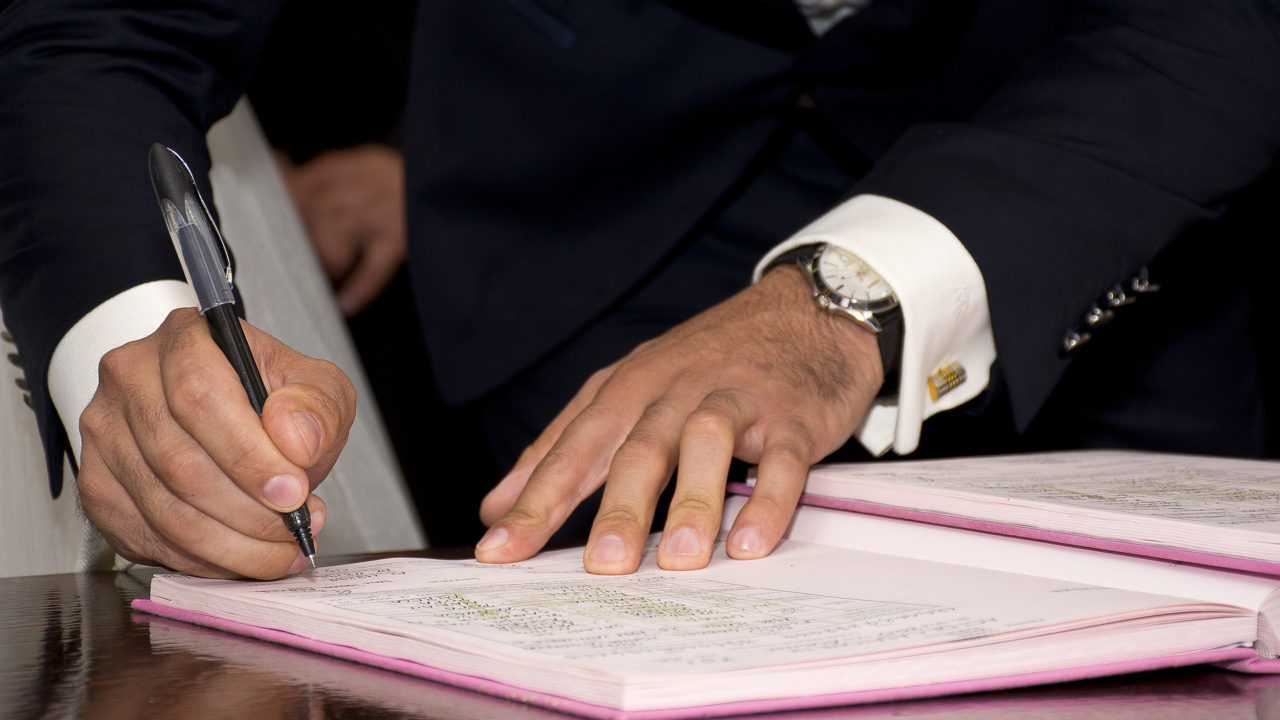Once you have signed the purchase agreement and the mortgage loan agreement and paid your taxes, you still have one last step left, which is to register the right you have just acquired in the Property Registry.
You need to do this so that:
You as the buyer will have full protection for the right you have just acquired, because only if you register your right will you:
- Be considered the one true owner of the property, until and unless a court rules otherwise.
- Be protected from the seller’s creditors.
- Be protected from hidden burdens that might affect your home.
- Get judicial protection for your right in case others challenge it or disturb your possession.
- Once your have registered your right, nobody can acquire any effective rights whatsoever to your home without your consent.
You can get a mortgage loan to finance your purchase with. Only if you register your right can the bank register the mortgage that secures the loan.
In addition, once you have registered your right, the Property Registry will notify the Cadastre of the property’s change of ownership, so that the next property tax notice will be made out to you.
For all these reasons it is essential, as we have already explained, for you to buy only from the person who is listed in the Property Registry as the owner of the home or the lot your home is going to be built on. That way you can find out if there are any injunctions, mortgages or other burdens in the property’s registered history. And after you have signed the deed, it is equally essential for you to register your right with the Property Registry.

The documents may be submitted directly by you, the buyer, by an administrative agent acting on your behalf or by the notary’s office
Who handles registration?
In order for ownership rights to be entered in the Property Registry, the following papers must be submitted to the registry office in whose territory the home lies:
- An authorised copy of the notarial deed of sale.
- The selfassessment form for the applicable type of tax, showing that the selfassessed sum has been deposited.
- The latest property tax receipt, so the Registry can record your home’s cadastre reference number.
These documents may be submitted directly by you, the buyer, by an administrativ e agent acting on your behalf or by the notary’s office, if it renders this sort of services.
At all events, you should know that once the document has been submitted to the Property Registry, the registration entry must be made within the next fifteen working days. The registrar will check that the agreement meets all the requirements set by law for full efficacy and that the buyer’s ownership right can be registered. If the registrar believes the document has any defects that prevent it from being registered (defects of form, parties who do not have the legal capacity to act as parties, terms that do not match the terms in the registry, etc.), the registrar must give notice to the person who submitted the document.
This person may correct the defects or, if he or she does not agree with the registrar’s decision, the person may file an appeal with the DirectorateGeneral of Registries and Notarial Affairs or ask for the decision to be reviewed by another registrar, assigned by a duty roster approved in regulation fashion. He may appeal to Court as well.
Source. How to buy a home in Spain


